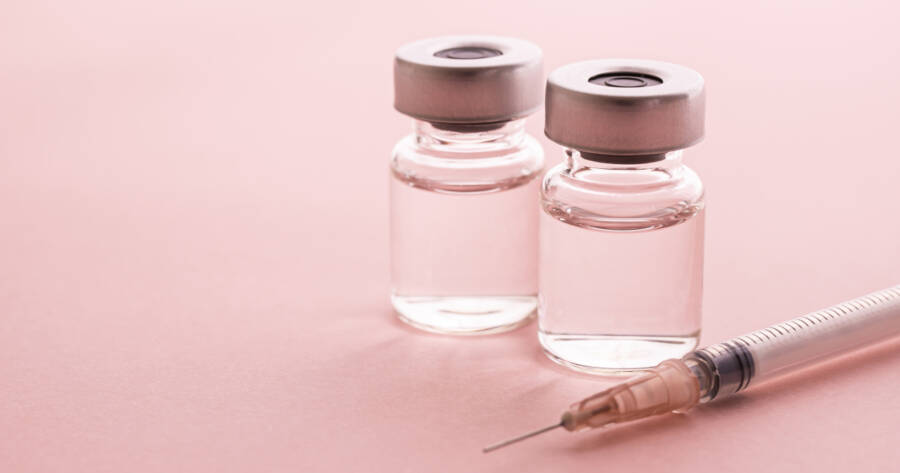Botox, widely known for its cosmetic applications in reducing facial wrinkles, has a range of health benefits that often go unrecognized. Fortunately, you can explore the lesser-known health benefits of Botox today.
Treatment of Chronic Migraines
This neurotoxin, derived from the bacterium Clostridium botulinum, has been found effective in treating a variety of medical conditions, offering relief and improved quality of life for many patients.
One of the most significant health benefits of Botox is its ability to reduce the frequency of chronic migraines. 1 When injected in specific areas around the head and neck, Botox can prevent migraines before they start by blocking the release of neurotransmitters that relay pain signals.
Relief from Muscle Spasms and Stiffness
Botox is also used to treat conditions involving muscle spasms and stiffness, such as cervical dystonia, a painful condition where neck muscles contract involuntarily. Botox injections help relax these muscles, providing significant relief from pain and discomfort.
Managing Excessive Sweating
For individuals suffering from hyperhidrosis, or excessive sweating, Botox offers a valuable treatment option. By blocking the nerves that stimulate sweat glands, Botox can significantly reduce sweating in treated areas.
Overactive Bladder Treatment
Botox has been found effective in treating overactive bladder symptoms in adults, including urinary incontinence. 2 By relaxing the bladder muscle, Botox can reduce the urgency and frequency of urination, improving the quality of life for individuals with bladder dysfunction.
Eye Condition Treatments
Botox is used in ophthalmology to treat conditions like strabismus (crossed eyes) and blepharospasm (uncontrollable blinking). These injections help to realign the eyes or relax the eyelid muscles, offering considerable relief.
Enhancing Joint Function in Arthritis
Another lesser-known health benefit of Botox is its potential to alleviate symptoms in individuals with arthritis. Injections of Botox can reduce pain and improve joint function by relaxing muscles around the affected joints. This application is particularly beneficial for those with osteoarthritis and rheumatoid arthritis, where muscle tension exacerbates joint pain and limits mobility. Researching current studies and consulting with a rheumatologist can provide insights into how Botox might be incorporated into a comprehensive arthritis treatment plan.
Reducing Depression Symptoms
Emerging research suggests that Botox may help alleviate symptoms of depression. By relaxing the facial muscles involved in frowning, Botox can reduce the feedback to the brain associated with negative emotions. This concept, known as the facial feedback hypothesis, indicates that Botox might play a role in improving mood and reducing depression severity. Further exploration into clinical trials and psychological studies can offer a deeper understanding of this innovative use of Botox in mental health treatment.
The Many Faces of Botox
The health benefits of Botox extend far beyond its cosmetic uses. Its ability to treat chronic migraines, muscle spasms, excessive sweating, overactive bladder, and certain eye conditions demonstrate its versatility as a medical treatment. For many patients, Botox is a key component of managing these conditions, contributing to improved health and wellbeing.
Consultation with a healthcare professional is essential to determine if Botox is an appropriate and safe option for your specific health needs. With new applications constantly being explored, the role of Botox in medicine continues to expand, offering hope and relief to a diverse range of patients.
